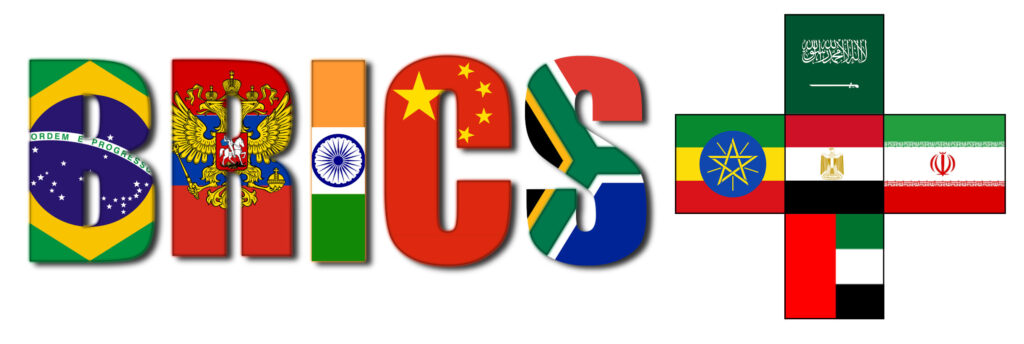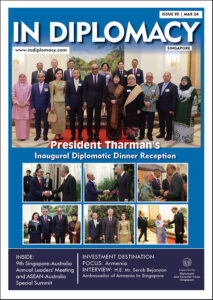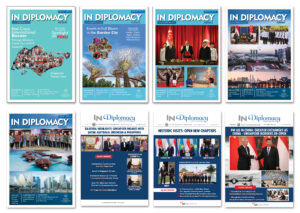
The two Middle Eastern countries along with Egypt, Iran and Ethiopia joined the grouping officially on 1st January 2024. It is expected to offer new investment opportunities for the Arab world’s two largest economies
THE addition of the new countries bring the total number of members to 10 who include the original members Brazil, Russia, India, China and South Africa (BRICS). In a press report by The National an interview with Mr Jihad Azour, the International Monetary Fund’s Director for the Mena region said that the addition of the two major Gulf economies to the bloc will “increase the level of linkages between the region and the rest of the world and they will improve capacity to attract investment,”
In the same report Mr Ullas Rao, Assistant Professor of Finance at Edinburgh Business School of Heriot-Watt University in Dubai, said. “Expansion of the Brics multilateral bloc to include Saudi Arabia and UAE augurs extremely well amid ongoing geopolitical and economic challenges confronting the world economy, Both Saudi and the UAE as [among] the richest countries on per capita and home to the biggest sovereign wealth funds, create enormous growth opportunities through investments, trade and commerce.”
Mr Gary Dugan, chief investment officer at Dalma Capital said, ““Also as a collective, we expect Saudi Arabia and the UAE to be afforded easier access to the growth markets of the Brics countries on favourable terms.”
Saudi Arabia’s economy, which grew by 8.7 per cent in 2022, the highest annual growth rate among the world’s 20 biggest economies, is expected to expand by 0.8 per cent in 2023, according to the International Monetary Fund. Meanwhile, the UAE’s economy is expected to grow 3.4 per cent in 2023 with oil GDP growth projected at 0.7 per cent and non-oil GDP at 4.5 per cent, backed by a strong performance in tourism, real estate, construction, transport, manufacturing and a surge in capital expenditure, according to a recent report from the World Bank.
For the full report in The National click here

















